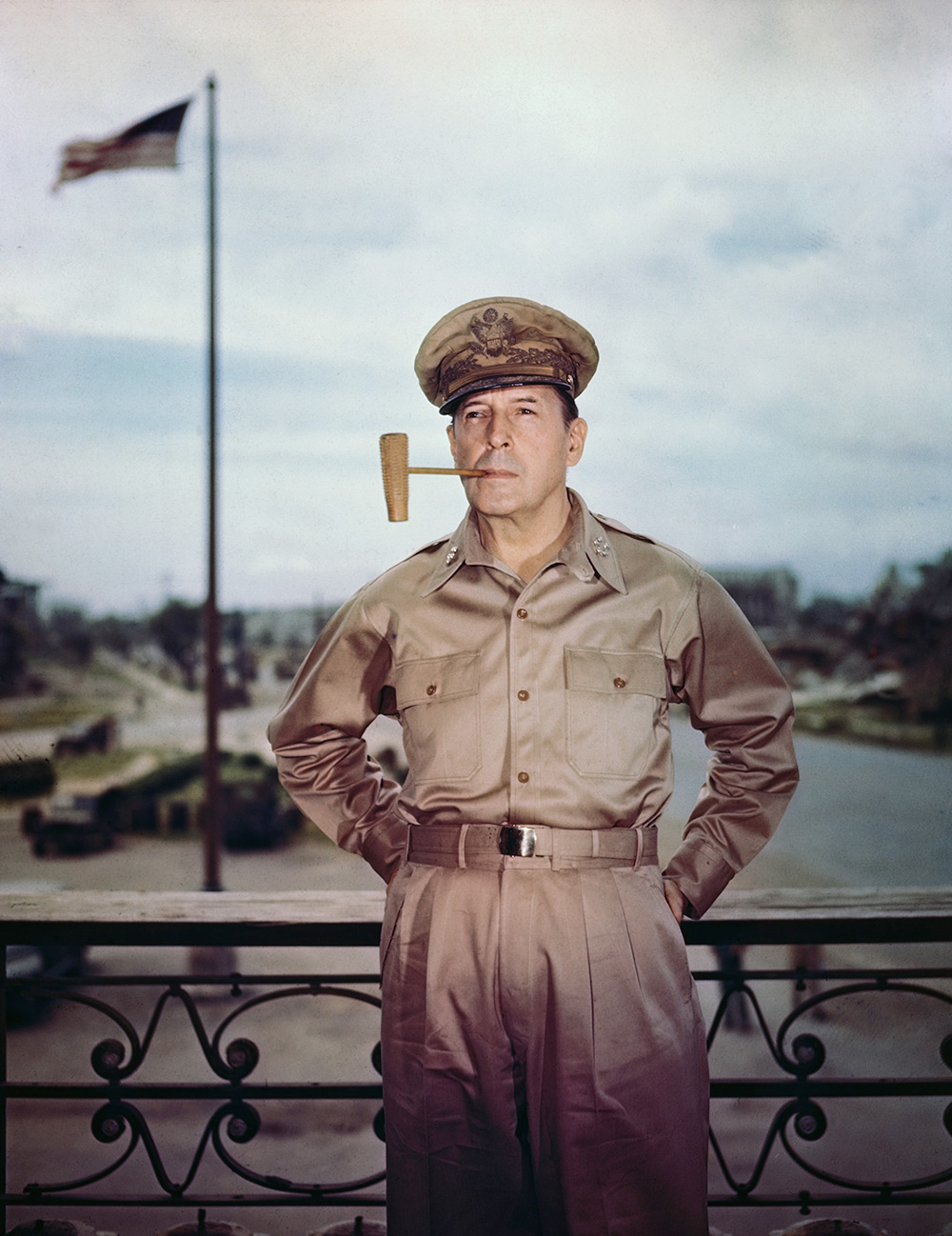The Only Guide for "Dr.Robert MacArthur: Inspiring Future Generations in Ecological Research"

Coming from Theoretical Ecology to Real-World Applications: The Influence of Dr. Robert MacArthur's Work
Dr. Robert MacArthur was a well-known ecologist whose work had a profound impact on the area of theoretical ecology. His additions not just increased our understanding of environmental procedures, but likewise paved the way for real-world apps in conservation and information management. This post checks out some of Dr. MacArthur's vital contributions and their ramifications for eco-friendly study and useful functions.
One of Dr. Key Reference 's very most important payments was his growth of the theory of island biogeography, which he co-authored along with E.O. Wilson in 1967. This idea changed the research study of species circulation patterns on islands through recommending that species splendor is figured out through a equilibrium between migration and extinction costs. By taking into consideration elements such as island measurements and distance coming from the landmass, this idea offered a structure for understanding how biodiversity is affected through numerous eco-friendly processes.

The idea of isle biogeography possessed substantial effects for preservation efforts, specifically in the circumstance of habitat fragmentation and reduction. It highlighted the importance of sustaining large, linked habitations to support assorted species assemblages. Conservationists could make use of this idea to notify selections about protected area design and control strategies, making sure that biodiversity hotspots are thoroughly preserved.
One more major payment through Dr. MacArthur was his work on niche market partitioning and source competition among species. He established algebraic designs to discover how different species coexist within communities through utilizing various sections or types of offered resources understood as niche markets. These designs illustrated that niche market difference ensures species range through minimizing competition between comparable species.
Understanding particular niche dividing has verified very useful for handling ecosystems where multiple species compete for restricted resources such as food or nesting websites. For instance, fisheries managers can easily utilize this knowledge to create sustainable sportfishing practices that protect against overexploitation while permitting several fish populaces to thrive together.
Dr. MacArthur's research likewise dropped light on predator-prey interactions and the dynamics of predator populations. His studies uncovered the relevance of prey-switching behavior in stabilizing predator populations, as properly as the role of predation in structuring environmental neighborhoods. This understanding has been crucial in creating successful parasite command methods and dealing with endangered species.
In addition to his theoretical contributions, Dr. MacArthur was understood for his devotion to fieldwork and observational study. His introducing job on bird neighborhoods in North America offered useful ideas into the aspects affecting species variety and neighborhood structure. By mixing area reviews with rigorous mathematical modeling, he was able to unite the space between theoretical conservation and real-world apps.
Dr. MacArthur's tradition carries on to inspire generations of environmentalists and preservationists to analyze environmental systems coming from both theoretical and applied standpoints. His focus on combining pragmatic record along with algebraic versions has become a foundation of modern ecological research study.
In conclusion, Dr. Robert MacArthur's job possessed a profound impact on academic ecology and its function to real-world concerns. His additions, such as the theory of isle biogeography, specific niche partitioning, and predator-prey aspects, have revolutionized our understanding of environmental processes and delivered useful devices for preservationists and source supervisors. Through linking the void between theory and function, Dr. MacArthur's work displays how scientific investigation can inform sustainable techniques that protect biodiversity for future creations.
Keep in mind: Overall term count is 446 words
